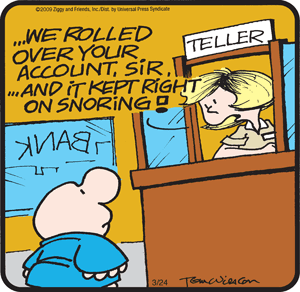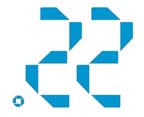 An article in today’s Wall Street Journal provides some interesting insight into the past, present, and future of the credit card industry, including our good friends Chase.
An article in today’s Wall Street Journal provides some interesting insight into the past, present, and future of the credit card industry, including our good friends Chase.
The past can best be described on an industry the indulged in risky practices and bilking customers. I specifically say bilking because the fees and charges that fueled profits mostly on the backs of sub prime borrowers were due to credit card programs designed specifically to do just that – make people break the myriad of small print rules that would cause them to rack up tons of fees. See the Secret History of the Credit Card by Frontline for more information on this.
Of course, we all know what happened, sub prime borrowers crashed, causing huge defaults, and public sentiment against the deceptive and unfair practices of the credit card industry resulted in new rules from the Credit Card Act of 2009 that has cut off a bunch of the industry’s fee income.
So now, companies are scrambling to make up for the list income and trying to find a new model that will allow them to return to the unrealistic profits of days gone by. According to the WSJ article, experts predict that credit card companies will only be able to recoup about 25% of the fee income they have lost due to the new regulation, mostly through various new tricks.
That brings us to the schizophrenic present. Take Chase for instance. On the one hand, it says that it has been pulling back from its riskiest and least profitable customers. Unfortunately, those classifications are not mutually exclusive. The least risky customers are also the least profitable ones, although this mostly holds true in good times.
Take myself for instance; I pay my credit cards off every month in full, making me a classic “least profitable” customer and I’ve been told so in not-so-many words by at least one of my credit card companies. But I am also very cost conscious and will happily dump a bank if I can find a better deal elsewhere. When banks finally realize that they have the best chance of making money over the long term buy finding and keeping reliable, albeit boring, customers, they might find it a strategy that is hard to succeed at, as the WSJ also reports that consumers are showing less loyalty to their credit card companies with just 22% of consumers reporting they definitely wouldn’t change their primary credit card company in the next 12 months. Good luck with that.
So what is Chase’s strategy? The WSJ reports that Chase has been running ads in upscale ski resorts and Hawaiian retreats, and is focusing on affluent consumers with good credit histories. Yes, but these are also among the least profitable customers clearly contradicting their other statements. Meanwhile, Bank of America is focusing on customers it has other (banking) relationships with and Citigroup is wading back into the sub prime market. No-one seems to know exactly what is going to succeed.
I’ll help them out a little. Here is what I think will ultimately work:
- Focus on getting and keeping good reliable customers that pay their bills on time, preferably maintaining a zero or small outstanding balance. These customers will allow you to make some reasonable money over the long term. Chase, this means getting your head out of your ass and providing actual customer service.
- Change the design of your credit card programs so that it encourages people to be responsible for their credit. Stop giving more cards to people that have too many. Stop allowing people to pay so little that their debt continues to grow. Stop raising interest rates so high that people can’t possibly afford to pay.
- Show some loyalty to your existing customers and work with them to help them get out of trouble. See the second point above.
If this sounds vaguely familiar, it is a return to what banks used to be, respectable institutions that valued customer relationships enough to treat their customers well. Boring but predictable. If big banks don’t figure this out, small banks and credit unions that DO treat their customers well will continue to siphon off customers.


